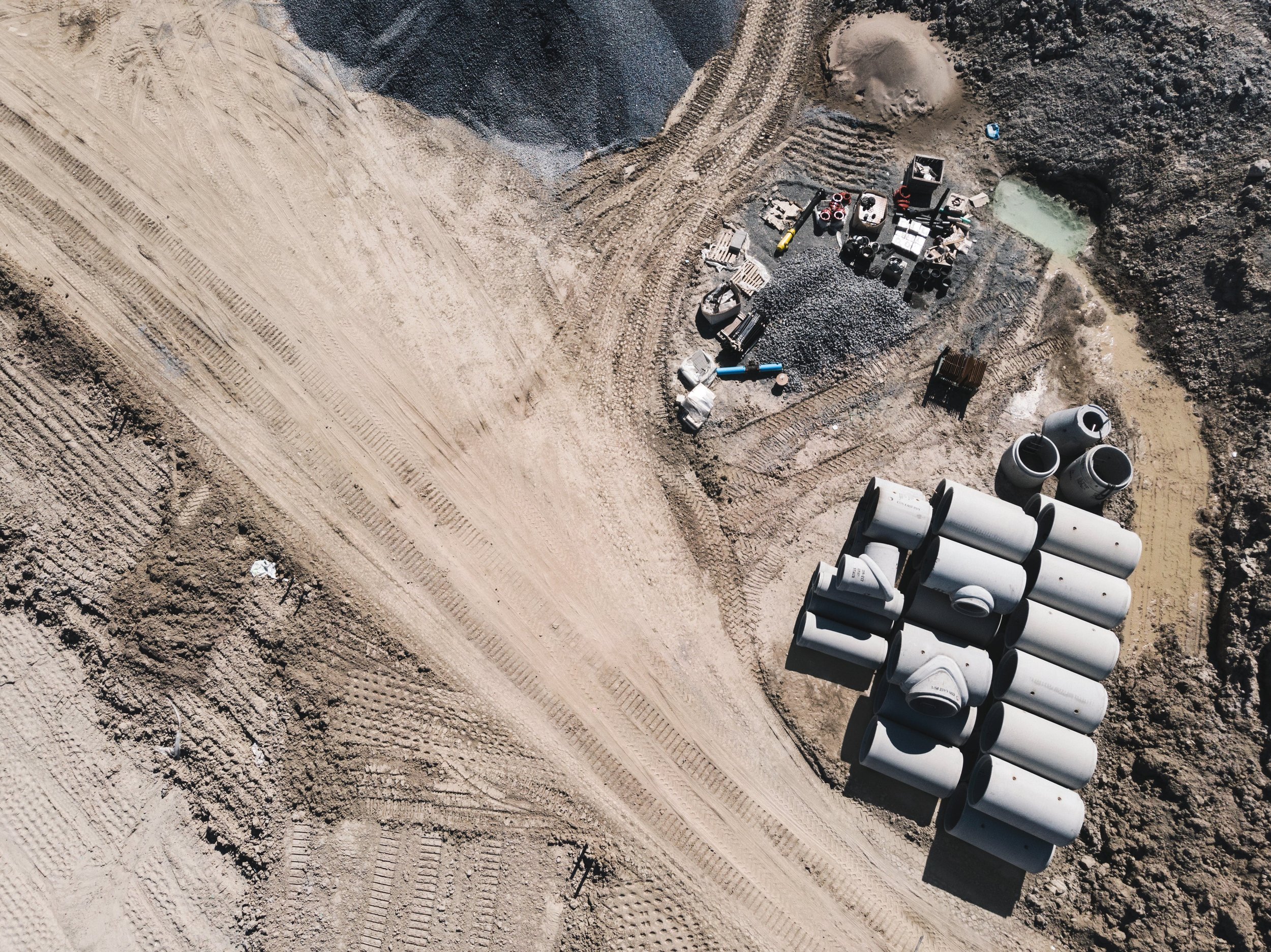
Frequently asked questions
-
The shaft diameter for the EcoHoist ranges from 0.75 to 1.2 metres, depending on the required throughput. This is substantially smaller than the mine shaft required for a skip hoist system, which are often 5-8 metres in diameter. The EcoHoist system operates without guiding the chain within the shaft. As a result, there is no need for additional structural support or alignment rollers.
-
The maximum particle size that the EcoHoist can handle is approximately 40mm. EcoHoist will use portable crushers suitable for underground conditions to achieve this size.
-
EcoHoist can achieve production at depths of up to 2000 metres.
-
The advantages of EcoHoist include Low CAPEX, Increased Production, and Lower Emissions. The small shaft design of the EcoHoist has a much lower CAPEX than the shaft required for a skip hoist. Additionally, the EcoHoist doesn’t require an expensive headframe like a skip hoist. The high capital cost of skip hoisting systems is often prohibitive, preventing them from being deployed. The lower capital cost of EcoHoist means a lower investment hurdle and a lower ore body certainty required. It means that more mines can transition from diesel haul trucks to electric vertical hoisting. Installing EcoHoist in a haulage-constrained operation will increase overall production and reduce emissions.
-
EcoHoist is powered by electric motors and offers an alternative to diesel haul fleets. The low CAPEX nature of EcoHoist allows operations to adopt an electrified material handling solution at an earlier stage of the mine.
-
EcoHoist reduces mine emissions by reducing the amount of truck haulage required and the associated diesel emissions. Since the EcoHoist runs on electricity, the amount of emissions created by it depends on the CO2 intensity of the mine’s electricity supply. In the case where the mine has high amounts of renewable energy, the operational emissions of the EcoHoist are extremely low. Even in diesel-powered mines, EcoHoist emits about half the CO2 of diesel trucks per tonne of ore hoisted due to its efficient energy use, contrasting with trucks' energy waste through the need to use brakes downhill.
-
Soon. We have completed a lab-scale demonstration and are currently in the process of securing financing for the Sub-scale Demonstration. Detailed designs have been finalised, and initial fabrication testing for the Sub-scale Demonstration is underway. This project will involve a demonstration unit approximately 6 metres high with a capacity of 50 tonnes per hour, serving as a stepping stone toward the Commercial Demonstration phase.
-
The EcoHoist is designed to operate in hard rock underground mines, however it can be modified to accommodate other bulk materials such as coal, sands, grains, and soils.
-
Because the EcoHoist uses much smaller diameter mine shafts, there is much less geotechnical risk than there is for large diameter mine shafts. This means that positioning of the EcoHoist is more flexible. To maintain the structural integrity of the shafts, we use pipes to line the entire length of the shafts, which prevents rocks from falling in.
-
We are interested in speaking with mining companies that would be interested in an EcoHoist integration study for their mine. If this is you, please send us an email at contact@ecohoistmining.com.

